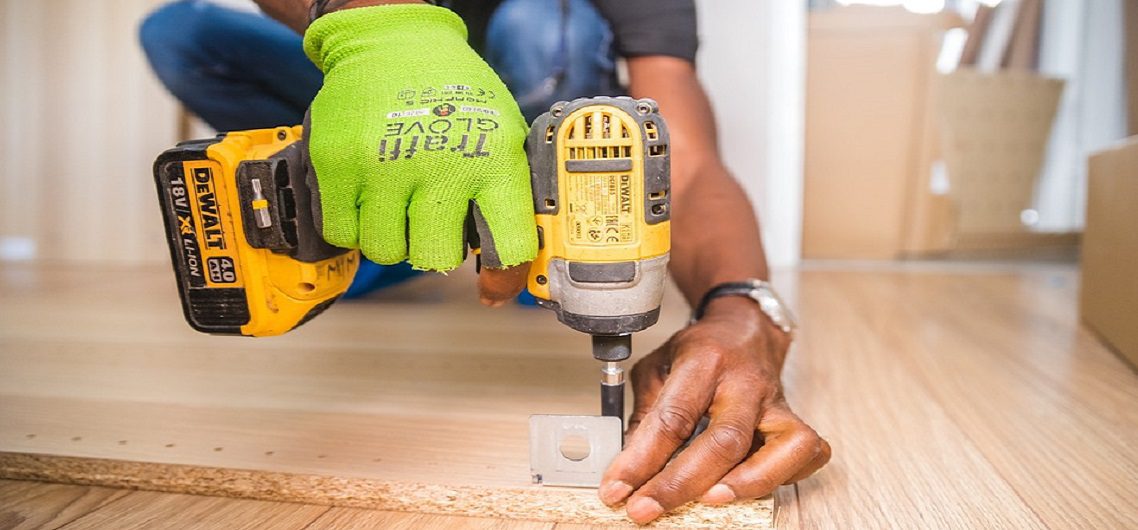by Scott McInnes, founder of Inspiring Change
Some people enjoy the challenge of flat pack.
Not me though. No Sireeeee!
I call a man. Usually in a van. Or my Dad. Both of whom are much better at this stuff than me. Except, this time, it was the pre-teen’s birthday pressie – so I felt a little pang of guilt picking up the phone to ‘Flat Pack Pete’ and decided I should do it myself.
It was a ‘high sleeper’ bed complete with desk, bookshelves (yes, multiple), wardrobe and a chest of drawers. It came in four giant boxes of wooden pieces accompanied by a bag of bits that would put B&Q’s haberdashery to shame; and a 17-page instruction book! JOY!
I started it on Friday evening and it took me ’til Sunday night to finish (with a bit of help from my wife and, sometimes, the pre-teen). My knees were sore, my fingers were sore, and my hands were covered in little nicks.
But it’s up!
The question is, what did I learn that could make it even vaguely interesting or indeed, relevant to this blog?
As I was hammering, screwing and allen-keying (that HAS to be a verb) there were a few things that sprang to mind.
You need the right tools.
You don’t need much, but you do need very specific tools to succeed – an allen key, hammer, and a screwdriver (powered, preferably). If you don’t have those things to hand (literally, I recommend!!), you’re not going to get a result – SIMPLE!
I spend a lot of time talking to leaders about the tools they need for success – materials, support, confidence, training, coaching, good performance management, easy to read policies, simple MIS systems etc. A lack of tools (or, indeed, the wrong tools) being available to your leaders may not result in them failing per se but will absolutely reduce their ability to be successful.
It’s important to pay attention.
Paying attention is kind-of important. As I was belting piece S into piece XB with a hammer and the join between piece JJ and piece XBB started to crack, my wife gently pointed out that ‘perhaps hammering wasn’t the best course of action’. The instructions also suggested otherwise but I’d somehow overlooked the correct way to join those parts together.
In a team it’s easy to miss stuff – a terse word here, a sick day there, a general malaise, a lack of delivery. But, all of these things are signposts perhaps to bigger problems or, indeed a ‘crack’. Miss them and they become bigger problems that are less easy to fix. I realised just in time and a blob of PVA glue was all that was needed to sort the problem.
You sometimes need help.
This bed came with a ‘3-man job’ warning but, like all men, I just cracked on! By Saturday evening, double-bent with a piece balanced on my shoulders and trying to hold a screw while reaching for that allen key (now where did I put it again?) it became clear that I needed more hands. For me it was easy – I was about to be crippled or, at the very least, lose a finger.
In work it’s harder. For many, asking for help is showing signs of weakness, that you aren’t able or that the job’s too big for you. What a load of codswallop. ASK FOR HELP. Not only is it beneficial for the recipient to get the help, but it’s also great for the person helping to be able to support them.
It’s great to achieve.
To know that I spent an entire weekend building this and, at the end, it looked like the picture and wasn’t falling down was amazing. And she was pleased which was, of course, the icing on the – birthday – cake.
It’s important to take time to look back at what you/your team has achieved and celebrate it. We don’t spend enough time doing that and we should. Bring in a cake, buy everyone a coffee, go for a beer or just say thanks at your next team meeting – your team will appreciate it.
So there you go – four leadership thoughts from a giant flat pack bed and three days kneeling on a wooden floor!
Who knew there could be such insight !














































